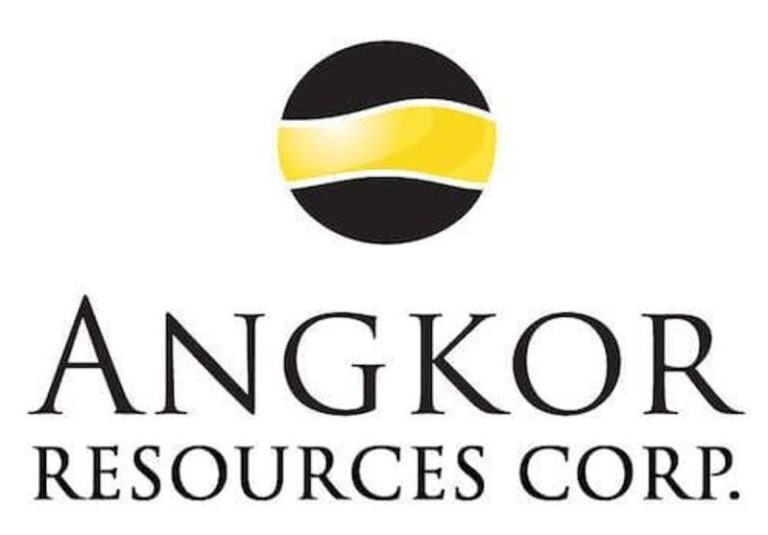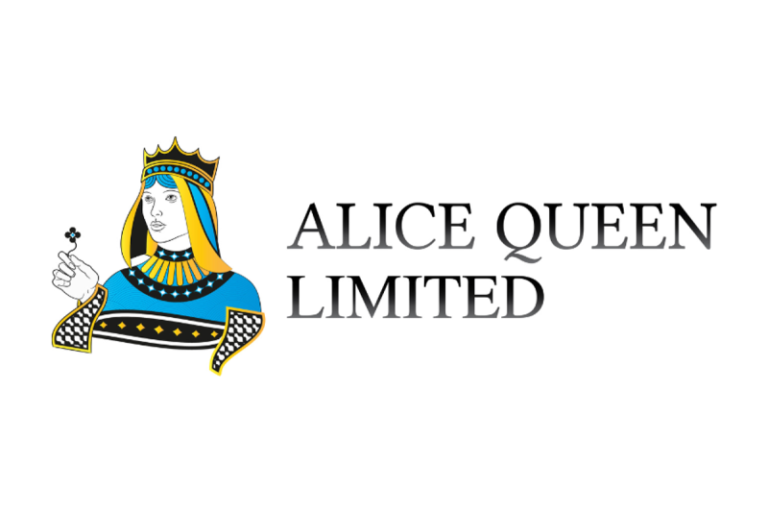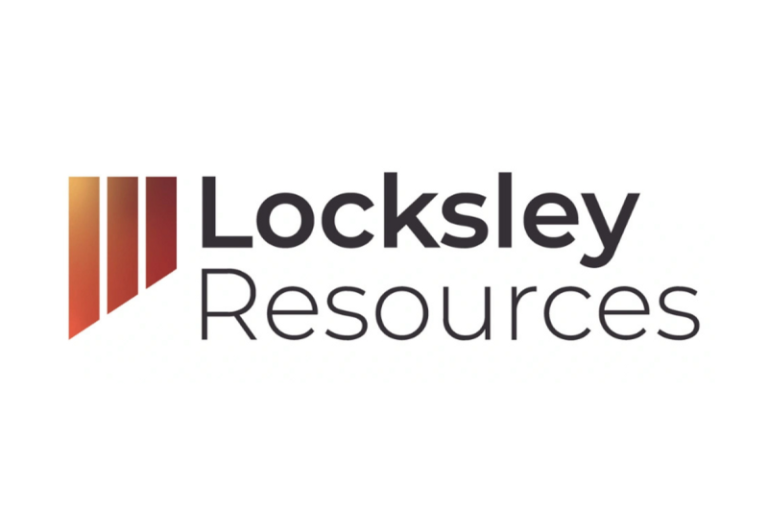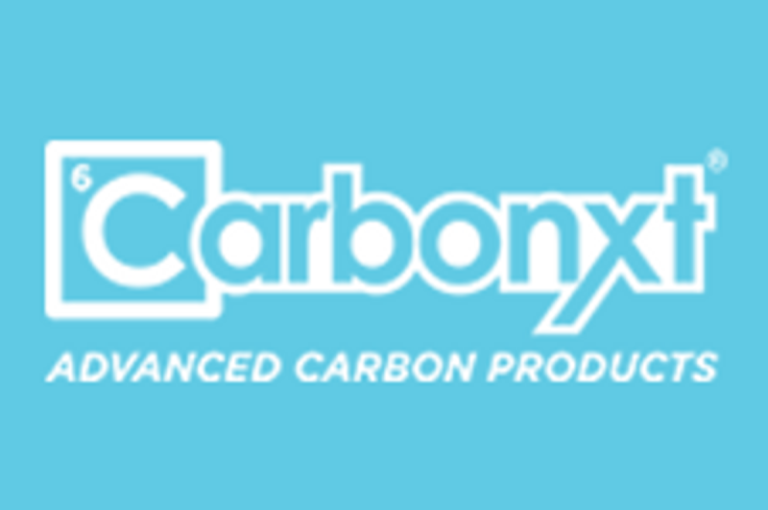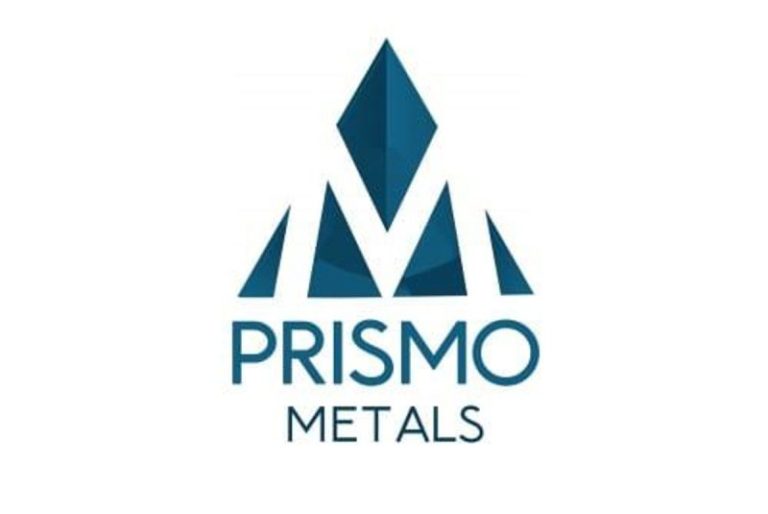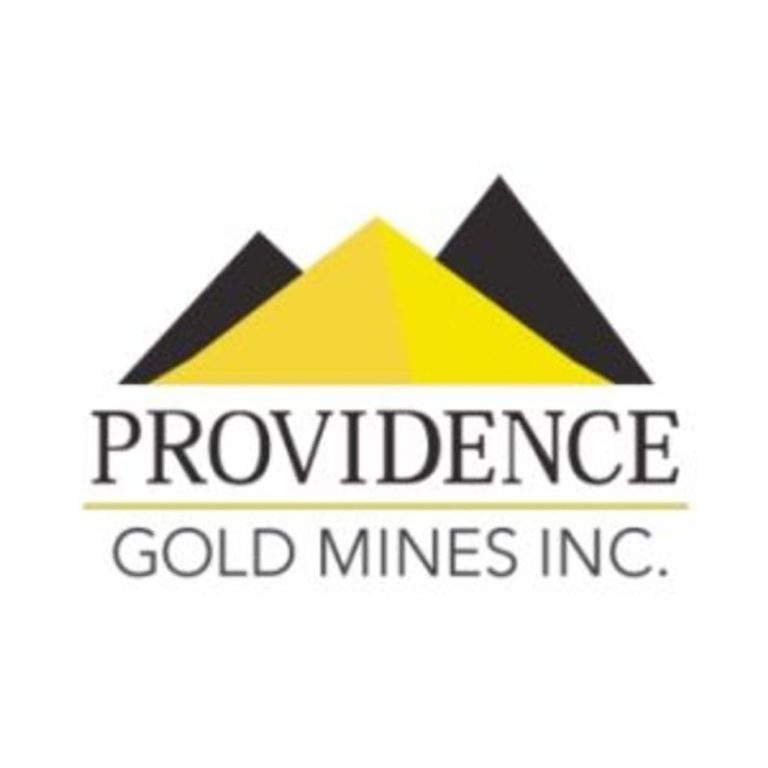As the robotics industry prepares for significant technological advances in artificial intelligence (AI), it’s no surprise that the top robotics stocks are gaining attention.
Chief executive officer of Hangzhou Unitree Technology, Wang Xingxing, told the World Robots Conference in Beijing in August 2025 that the industry could be about one to three years away from a breakthrough comparable to the ChatGPT moment. He also expressed optimism about the future, predicting that at least one company might develop a general-purpose robotic AI model by the end of 2025.
While these transformative AI advancements promise to reshape robotics broadly, current market data shows that the automotive industry continues to drive a large share of robotics orders. However, according to data from the Association for Advancing Automation, rapid growth in demand from the food and consumer products and life science sectors was also notable in 2024.
Surgical robots are increasingly being used in a variety of surgery types, such as cardiac and spinal, allowing for better patient outcomes.
With technological breakthroughs just on the horizon and diverse sectors driving demand, now is an opportune moment to explore the top robotics stocks poised to capitalize on this rapidly evolving industry.
10 largest robotics stocks
This list of top robotics stocks by market cap was compiled using TradingView’s stock screener. All market cap and share price information was current as of September 3, 2025.
1. NVIDIA (NASDAQ:NVDA)
Share price: US$170.62
Market cap: US$4.15 trillion
NVIDIA’s robotics business has surged ahead in 2025 with major technology releases and expanding industry partnerships, establishing it as a core infrastructure provider for robotic intelligence. Its Jetson Thor platform offers 7.5 times more compute and 3.5 times greater energy efficiency than its predecessor.
The company is driving physical AI, the fourth wave of the AI revolution, through its Cosmos model, which allows developers to train robots for diverse scenarios, a critical component to advancing autonomous vehicles and humanoid robots.
2. Tesla (NASDAQ:TSLA)
Share price: US$334.09
Market cap: US$1.08 trillion
Tesla’s robotics business is becoming increasingly central to its CEO, Elon Musk, who claims its Optimus humanoid robot will eventually become the company’s core value driver. The company is focused on developing and scaling Optimus, although its goal of producing 5,000 in 2025 is reportedly behind schedule as of July. Tesla is aiming to produce 1 million units annually by 2030.
The long-term goal is to achieve fully autonomous robots that can be deployed across manufacturing, logistics, elder care and residences, which it detailed in its Master Plan IV released in early September.
3. Thermo Fisher Scientific (NYSE:TMO)
Share price: US$484.55
Market cap: US$182.97 billion
Thermo Fisher Scientific is a medical device company that is one of the world’s most respected brands in healthcare, scientific research, safety and education. Its products and services cover a broad range of high-end analytical instruments, chemistry and consumable supplies, automated laboratory robotics and software designed primarily for medical researchers, clinicians and scientists.
In June 2025, Thermo Fisher Scientific partnered with Cellular Origins, which owns the Constellation robotic manufacturing platform, to scale up late-stage trials and commercial production of cell and gene therapies.
Outside the life science sector, the company launched the Vulcan Automated Lab in early 2025, integrating robotic sample handling, AI and advanced electron microscopy to improve semiconductor development.
4. Qualcomm (NASDAQ:QCOM)
Share price: US$157.28
Market cap: US$169.71 billion
Qualcomm’s specialty is designing and manufacturing semiconductors, software and wireless telecommunications products. In recent years, the company has devoted attention to AI-related technologies such as on-device AI, edge cloud AI and technologies that combine 5G and AI. These technologies also underlie Qualcomm’s advancements in the robotics space.
Qualcomm’s Snapdragon platform is a high-performance, low-power system-on-a-chip designed for AI, 5G connectivity and real-time processing used in a variety of sectors, including in robotics.
The Qualcomm Robotics RB6 Platform supports next-generation robotics and intelligent machines. According to the company, some applications include autonomous mobile robots, delivery robots, highly automated manufacturing robots, urban air mobility aircrafts and autonomous defense solutions.
It also has the Flight RB5 5G platform that specifically targets autonomous drones and flying robots, integrating multiple sensors, multiple cameras, 5G and Wi-Fi 6 connectivity to enable advanced navigation and AI-driven control.
5. Boston Scientific (NYSE:BSX)
Share price: US$107.53
Market cap: US$159.33 billion
Boston Scientific is a medical device company leading in cardiac and electrophysiology robotics and advanced ablation systems.
Its OPAL HDx mapping systems allow physicians to precisely navigate within the heart through 3D mapping, position tracking and more. It employs the company’s FARAPULSE Pulsed Field Ablation system, which generated over US$1 billion in revenue in its first year and now holds expanded US Food and Drug Administration (FDA) approval for both pulmonary vein and posterior wall ablation.
Strategic acquisitions since 2024 include Silk Road Medical, Axonics, Bolt Medical and SoniVie, giving the company access to a wealth of product offerings to address patient needs and create new revenue streams.
6. Intuitive Surgical (NASDAQ:ISRG)
Share price: US$441.18
Market cap: US$158.15 billion
A leader in surgical robotics, Intuitive Surgical is the company behind the da Vinci minimally invasive surgical system. The original da Vinci system gained FDA approval in 2000, making it the first completely robotic surgical system to receive clearance from the FDA.
Intuitive Surgical now provides a suite of its da Vinci robotics-assisted surgical systems to doctors and hospitals, and they are used by surgeons across all 50 US states and 72 countries around the world.
New products, including the Ion robot for lung biopsies and the SureForm SP stapler, are experiencing unprecedented growth. Their AI-driven features contribute to reducing error rates and enhancing outcomes.
7. Stryker (NYSE:SYK)
Share price: US$388.56
Market cap: US$148.55 billion
Stryker is another leading medical technology company. It develops medical equipment, instruments and surgical robotics for healthcare systems worldwide. Its surgical robotics systems incorporate health data and AI to improve health outcomes for patients.
Stryker’s Mako 4 robotic arm system for assisted joint replacement surgery can be used in partial knee, total knee, hip and spine surgeries, and a version for shoulder surgeries was recently introduced. The company showcased an upgrade to its Mako Total Hip system during the American Academy of Orthopaedic Surgeons’ 2025 Annual Meeting in San Diego in March.
Stryker launched Ortho Q Guidance, its surgical guidance system for knee and hip procedures, in July 2023. The platform can be integrated into robotics technology.
8. Honeywell International (NASDAQ:HON)
Share price: US$214.00
Market cap: US$135.87 billion
Engineering and technology company Honeywell International develops and manufactures technological solutions for a variety of sectors, including energy, security, safety, productivity and global urbanization. Its four business divisions are: aerospace, building technologies, performance materials and technologies, and safety and productivity solutions.
For more than a quarter century, Honeywell’s smart robotics technologies, including autonomous mobile robots and order-picking AI-powered robots, have provided warehouse automation solutions targeting transport, order picking, palletizing and depalletizing.
In 2025, Honeywell announced a strategic partnership with Teradyne Robotics, a division of Teradyne (NASDAQ:TER), to deliver end-to-end automation solutions using Teradyne’s autonomous mobile robots and collaborative robots and Honeywell’s software.
9. Medtronic (NYSE:MDT)
Share price: US$92.25
Market cap: US$118.33 billion
Medtronic is one of the largest medical device manufacturing companies in the world. The firm’s technologies include cardiac devices, surgical robotics, insulin pumps, surgical tools and patient monitoring systems.
Medtronic’s Hugo robotic-assisted surgery system is a modular platform with four independent robotic arms, designed to improve precision, flexibility and surgeon ergonomics in minimally invasive soft tissue surgeries like urology and gynecology.
It features 3D high-definition visualization, advanced AI-powered analytics and an open console for better surgeon communication. Hugo offers a cost-effective and adaptable alternative to traditional systems and has been commercially used in North America since 2023.
10. Texas Instruments (NASDAQ:TXN)
Share price: US$195.74
Market cap: US$4.78 billion
Texas Instruments is a leading semiconductor manufacturer whose robotics business focuses on supplying high-precision analog chips, sensors, embedded processors and motor control solutions for industrial automation, factory robots, automotive robotics and smart devices.
Texas Instruments partnered with KUKA in April 2025 to jointly advance next-generation industrial robotics. The collaboration focuses on integrating TI’s precision analog sensors and real-time motor control chips into KUKA’s robot arms and automation platforms, resulting in safer, more energy-efficient and adaptive robots for smart factories and logistics.
FAQs for robotics stocks
What is robotics?
In simple terms, robotics is defined as the branch of technology that deals with the design, construction, operation and application of robots. The field has subsets such as automation and AI.
Both automation and robotics have been used interchangeably, but these terms have certain differences. Automation is the process of using technology to carry out specific tasks, and not all robots are designed for automation. That said, most robots are, especially those with industrial uses.
What are the five major fields of robotics?
The five major fields of robotics are: operator interface, mobility, manipulator and effectors, programming and sensing and perception.
Operator interface is better described as human-robot interface — it’s the means by which humans can communicate commands to a robot. This might be in the form of a touchscreen on a control panel.
Mobility refers to the ability of a robot to move in its environment, while manipulators and effectors allow the robot to interact with its environment. Think of an autonomous mobile robot moving around a warehouse to stack inventory on a pallet. For its part, programming involves the language used to communicate commands to the robot.
Meanwhile, sensing and perception allows the robot to acquire information about its environment and perform tasks based on that information. This is important for autonomous vehicle technology.
How can I invest in robotics?
For investors looking to enter the robotics sector, large companies like the ones listed above may be a good place to start. Those with a broader approach who would rather put their money into the sector as a whole rather than in a single company may want to consider exchange-traded funds focused on robotics.
Is Boston Dynamics public?
Boston Dynamics is a private mobile robotics engineering firm that specializes in building robots and software for human simulation. Originally part of the Massachusetts Institute of Technology, Boston Dynamics is held by Hyundai (80 percent) and Softbank Group (TSE:9984) (20 percent).
Can I buy stock in Miso Robotics?
Miso Robotics is a privately held company, which means it is not listed on any stock exchange. The company develops and manufactures AI-driven robots, including automatic fry cook Flippy, that help restaurants with food preparation.
Water, hygiene and infection prevention company Ecolab (NYSE:ECL) has partnered with Miso Robotics “to explore new opportunities to enhance food safety, hygiene, and efficiency in the food industry through automation and digital solutions.”
Securities Disclosure: I, Melissa Pistilli, hold no direct investment interest in any company mentioned in this article.



